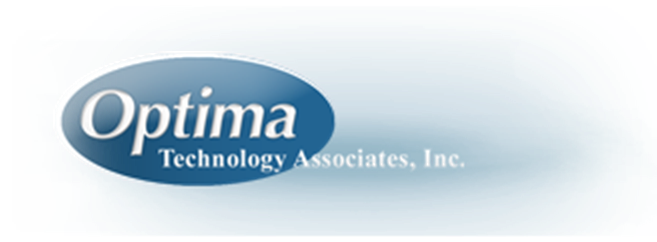Surface Mount Technology is an area of electronic assembly used to mount electronic components to the surface of the printed circuit board (PCB) as opposed to inserting components through holes as with conventional assembly.
SMT reduces manufacturing costs and also to make more efficient use of PCB space enabling more complex electronic circuits to be fit into smaller and smaller space with good repeatability due to the higher level of automation.
Surface mount devices (SMD) is the term used for the electronic components used within the surface mount assembly process. There is a very wide range of SMD component packages available on the market and come in many shapes and sizes.
The Surface Mount Assembly process really should start during the design phase when the many different components are selected, and the PCB is designed. This is the best time to incorporate as many design features as possible that will make production straight forward. Circuits are often designed primarily for functionality, but design for manufacture and assembly (DFMA) should ideally be incorporated.
The next phase is to arrange for the PCB fabrication and to procure components in the most suitable way to facilitate automation. The PCB panel design and PCB surface finish selected suitability for the automation equipment to be used.
Components are available packaged in many different alternatives like reels, in tubes or trays. Most are available on reels which may be preferred but sometimes due to ‘Minimum Order Quantities (MOQ’s)’ components are quite often supplied in tubes or in short strips of tape. Both of these packaging types can be used but do need appropriate feeder types on your SMD equipment.
Components with a Moisture Sensitivity Level (MSL) should be handled in accordance with applicable standards such as J-STD-033.
Once PCB panels and components are received, the next step is to setup the various machines used with the manufacturing process. Machines such as the placement machine and AOI (Automated Optical Inspection) require a program to be created which is best generated from CAD data but quite often this isn’t available. Gerber data is almost always available as this is the data required for the bare PCB to be manufactured. If Gerber data is the only data available then the creation of the centroid / component placement list (CPL file) / XY file can be used, but it’s very time consuming to generate.

The first process is application of solder paste via the paste printer. This equipment is designed to apply solder paste using a stencil and squeegees to the appropriate pads or locations on a PCB. This is the most widely used method for applying solder paste but jet printing is becoming more popular, especially in the sub-contract sector as there is no need for stencils and modifications are easier to make.
Keeping control of this process is critical as any printing defects, if undetected, will lead to defects further down the line. With assemblies becoming more complex the design of the stencil is key and care must be taken to ensure a repeatable and stable process.
Most solder paste printing machines have the option of including automatic inspection but, depending on the size of the PCB, this process can be time consuming and so a separate machine can often be preferred. The inspection systems within solder paste printers use 2D technology whereas the dedicated SPI machines use 3D technology to enable a more thorough inspection including solder paste volume per pad and not just print area.
Once the printed PCB has been confirmed to have the correct amount of solder paste applied, the next step is component placement. Each component is picked from its packaging using either a vacuum or gripper nozzle, checked by the vision system and placed in the programed location at very high speeds.
Following the component placement process it is important to verify that no mistakes have been made and that all parts have been correctly placed before reflow soldering. The best way of doing this is by using an AOI machine to make checks such as component presence, type/value and polarity.
Once all component placements have been checked the PCB assembly moves into the reflow soldering machine where all the electrical solder connections are formed between the components and PCB by heating the assembly to a sufficient temperature. This would appear to be one of the less complicated parts of the assembly processes but the correct reflow profile is key to ensure acceptable solder joints without damaging the parts or assembly due to excessive heat.
When using lead-free solder a carefully profiled assembly is even more important as the required reflow temperature can often be very close to many components maximum rated temperature.
The last part of the surface mount assembly process is to again check that no mistakes have been made by using an AOI machine to check solder joint quality.
With the introduction of 3D technology this process has become more reliable as with 2D inspection there tended to be high levels of false calls due to interpreting a 2D image. 3D inspection has allowed more accurate measurements to be taken and provide a more stable inspection process.
One of the newest features on the inspection machines is that they can be networked together to allow instant feedback to the preceding machine to enable automatic adjustments to be made. For example the AOI machine can be connected to the placement machine so that component placement positions can be adjusted and the SPI machine can be connected to the printer to allow adjustments to be made to the alignment of PCB to stencil.
Optima Technology is a global provider of PCBs, PCB Assemblies, Cables and System Assemblies located in Lewisberry, PA and New Delhi, India. Since 1995, Optima has specialized in providing local support coupled with cost-effective pricing via offshore manufacturing through our ISO approved facilities. Please reach out to optima@optimatech.net if you’d like to discuss further your PCB or Electronic Assembly needs.


